FS Colour Series: Chocolate inspired by Rembrandt van Rijn’s Warm Darkness
Warmth permeates Rembrandt van Rijn’s paintings as golden, syrupy candlelight falls and disappears into velvet brown shadows. CHOCOLATE linen mirrors the earthy and enveloping darkness in Rembrandt’s paintings, which swarms around the light and gives it torch lit radiance. Rising to prominence during the Dutch Golden Age of the 17th century Rembrandt made his name as a master of chiaroscuro, exploring dramatic light and shadow to heighten the psychological effects of his characters and scenes, writing, “Without atmosphere a painting is nothing.”
Born Rembrandt Harmenszoon van Rijn in Leiden in the Netherlands, Rembrandt’s well off family tried to send him to the town’s Latin School when he was 14, but he soon discovered he wasn’t suited to academia and changed track. He left a few months later to take on a painting apprenticeship with a local artist, before moving to Amsterdam to study under the great Dutch master Pieter Lastman, who taught him how to sustain narrative tension within the painted scene. Rembrandt returned to Leiden to set up an independent studio, where he discovered historical subjects were the most popular and profitable, but soon realised he would find greater freedom and affluence in Amsterdam, returning there to live in 1631.
Rembrandt married Saskia van Uylenburgh in 1634 and soon established his name as a leading Dutch artist, bringing the dramatic tenebrism of Caravaggio’s Italian Baroque into widely varied subjects including Biblical, mythological and historical tales of danger, awe and wonder. He was also in great demand as a portrait painter, capturing with sensitivity, honesty and pathos the complexities of character within his sitters. Of all the people he painted, his own face featured most prominently over 40 times; self-portraiture began early in his career as an exercise tool, later becoming a powerful form of self-expression as he chronicled the many ups and downs of his tumultuous life, through grief, bankruptcy and old age. Rembrandt was only 23 and still living in Leiden when he made his first Self Portrait, 1629 – here warm brown shadows muffle and obscure the scene apart from a small patch of brilliant luminous light on the artist’s face, highlighting milky, luminous young skin and the glossy sheen of moist red lips.
Eleven years later, Self-Portrait at the Age of 34, 1640 captures a mature man, now married and established, with a sense of earned wisdom burnished into his expressive, penetrating eyes. “Life etches itself onto our faces as we grow older,” he mused, “showing our violence, excesses or kindness.” The colour scheme has barely changed, as caramel, hazelnut and bitter chocolate browns nestle together in close harmony throughout the background and the artist’s clothing, while soft directional light suggests the ambient tranquillity of a candlelit interior.
Rembrandt’s palette remained distinctively muted and warm throughout his career, reflecting the style of the times and the more readily available pigments in the 17th century Netherlands as well as the candlelight that illuminated spaces around him. In A Woman in Bed, 1645-1646, brick red becomes a defining feature, made vibrant against ivory bedsheets and translucent skin, while shadows become browner, blending into near darkness in the receding distance, sparking against the pale tones and heightening the sense of foreshortened chiaroscuro as the mysterious woman leans out, captivated by something beyond our view.
As his career and reputation developed Rembrandt’s paintings became increasingly luminous and tonally complex, though the warm glow of candlelight continued to permeate his interiors. The Jewish Bride, 1667 was made towards the end of his career, portraying a couple posing as Biblical characters Isaac and Rebecca, in ornate, sumptuously detailed clothing. The man’s gold, jewelled robe seems to dance and glisten with sparkling light, while his hand gently draws us to the woman’s heart and the sensuous, warm blood red of her dress. Behind them light falls into dense, dark brown shadow, allowing the radiance of their bodies and faces to shine out with a spiritual, divine aura.





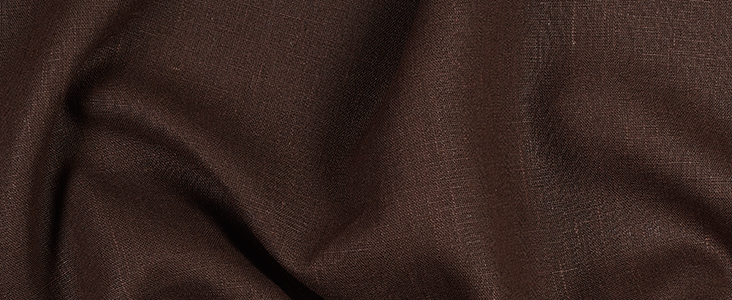


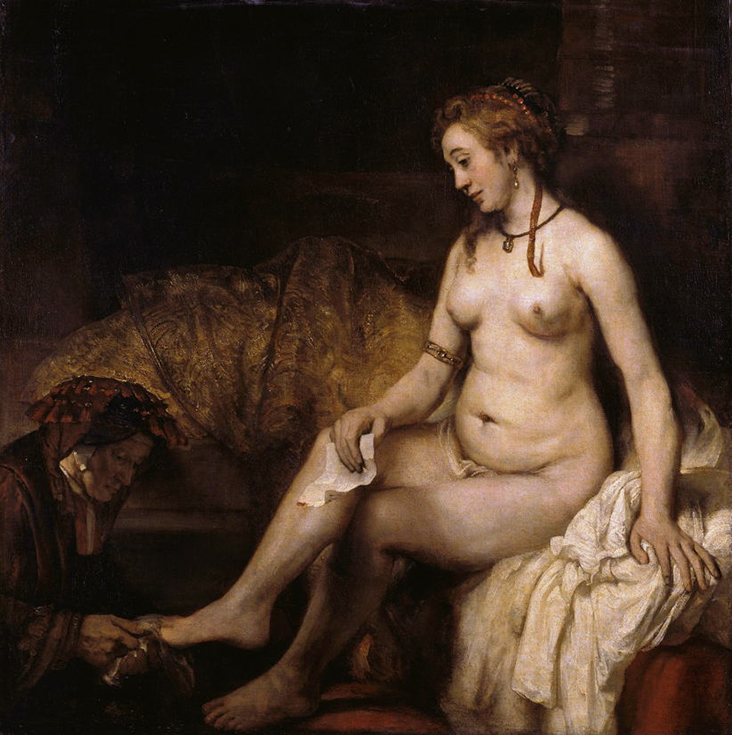
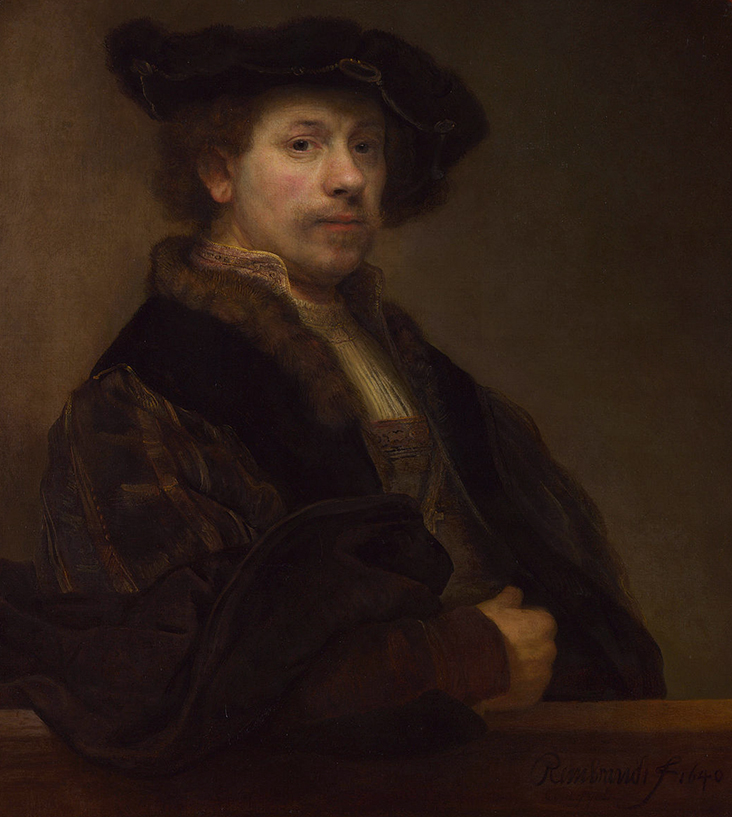
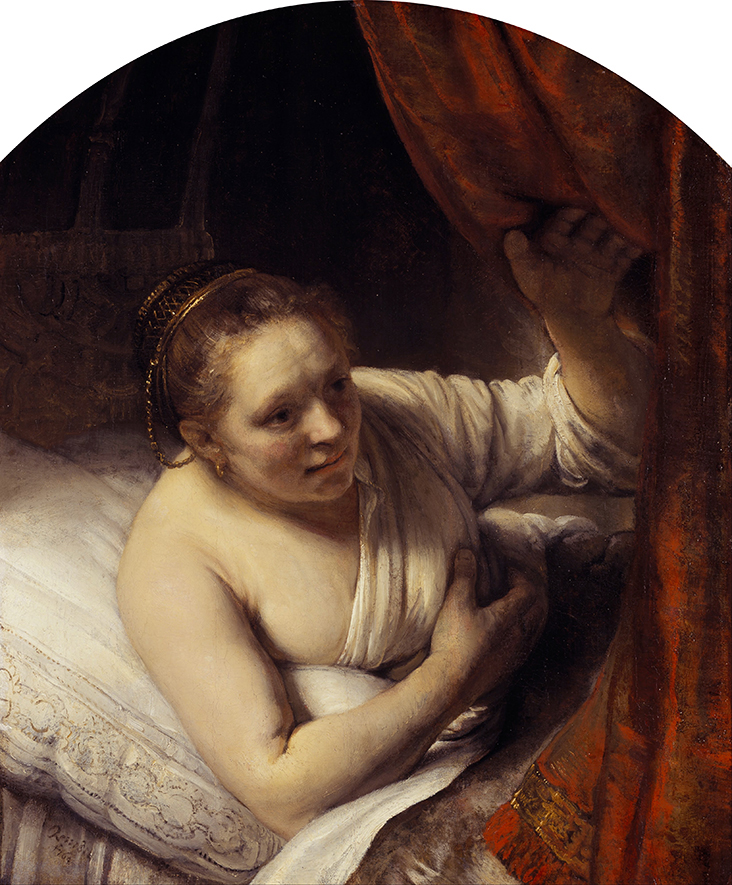
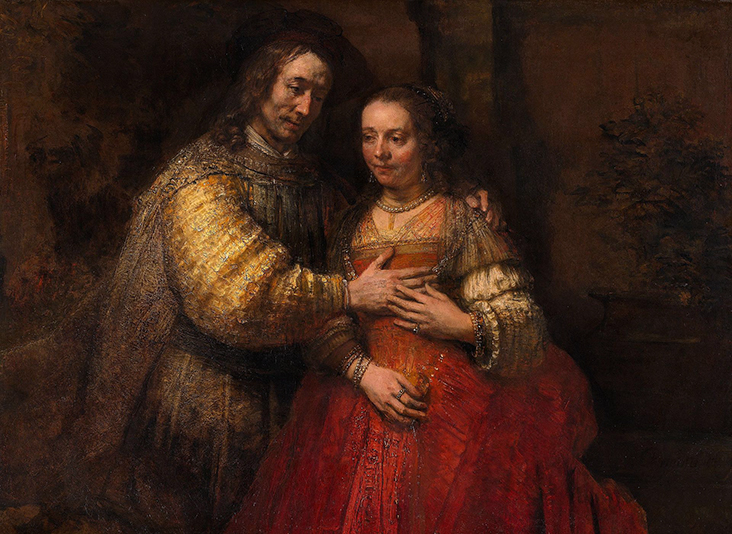









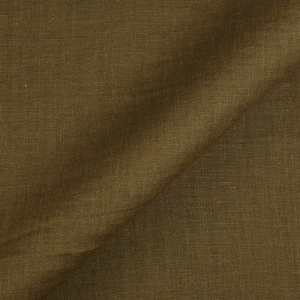


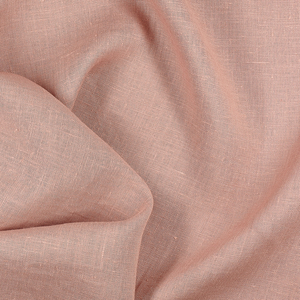




















Leave a comment